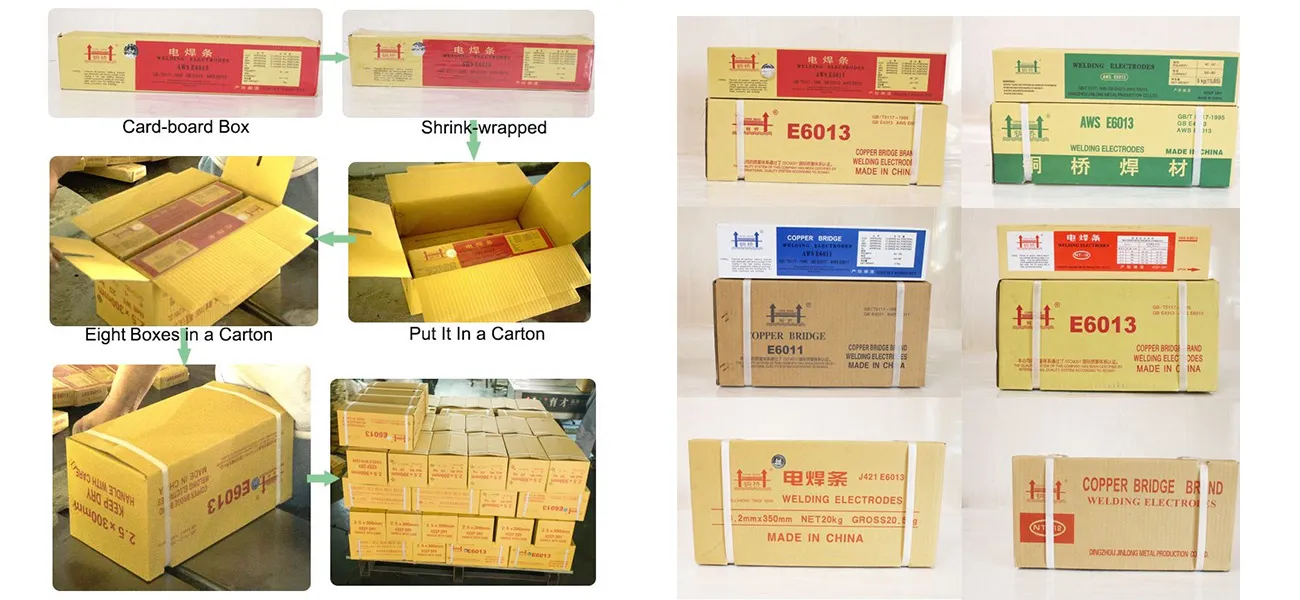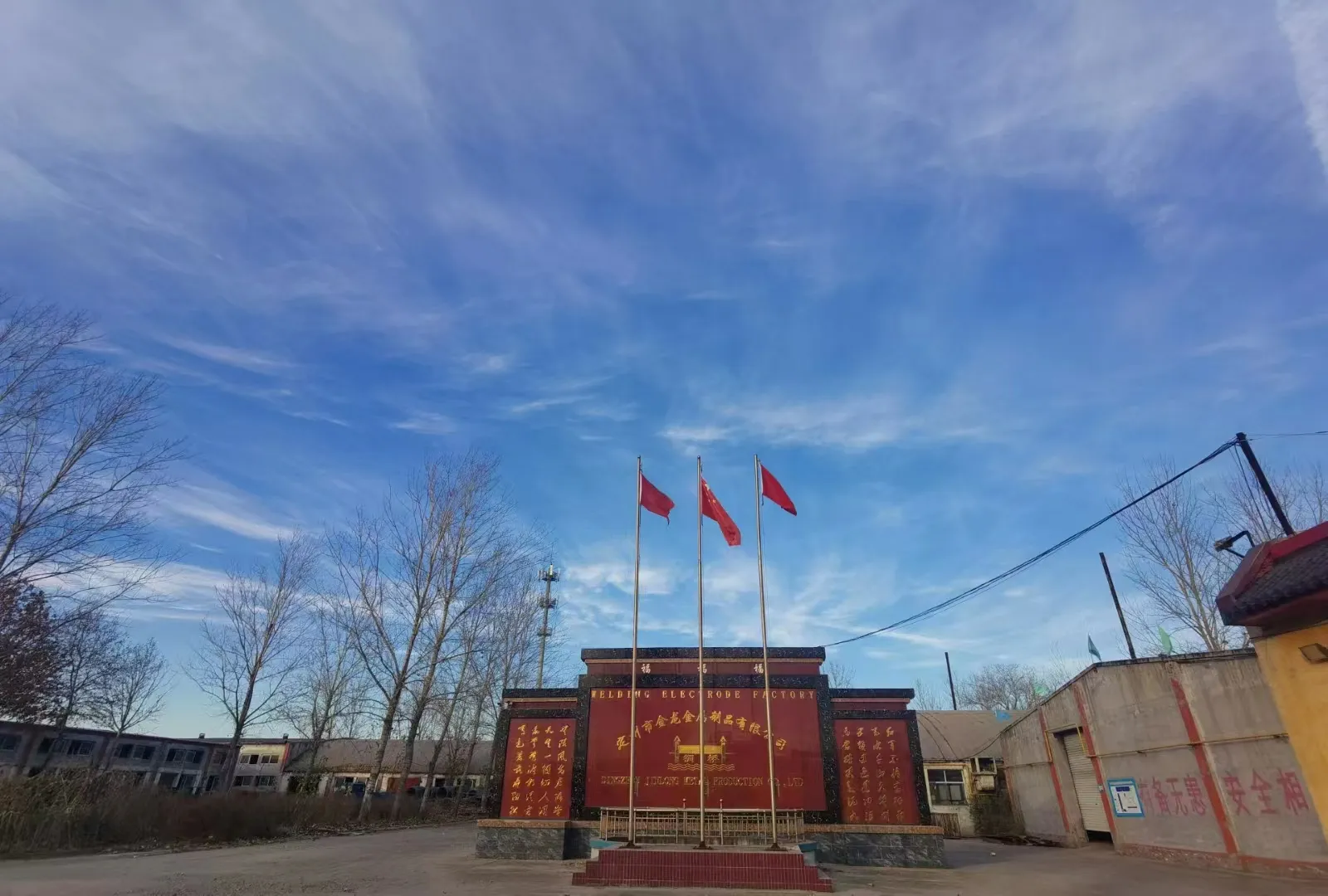stick welding techniques 7018
Jan . 31, 2025 03:18
Stick welding, also known as Shielded Metal Arc Welding (SMAW), remains a popular choice for metalworkers due to its versatility, portability, and cost-effectiveness. The 7018 electrode is one of the most commonly used sticks in the field, known for its strong welds and ease of use. Mastering stick welding techniques with the 7018 electrode can benefit both novice and experienced welders, providing superior welding craftsmanship.
Pre-weld preparation is another component that cannot be overlooked. For best results, surfaces must be clean and free from contaminants, such as moisture, rust, or oil. Impurities on the base metal can lead to porosity and weaken the weld. Furthermore, because 7018 is a low hydrogen electrode, it is often stored in a rod oven to prevent moisture absorption. Using electrodes directly from the oven can significantly enhance weld quality and prevent hydrogen-induced cracking. The striking or starting technique is also pivotal when working with 7018 electrodes. Striking an arc with a 7018 stick requires a swift but controlled motion to prevent the electrode from sticking to the metal, which can disrupt the welding flow and compromise quality. Once the arc is established, maintaining a steady pace and angle is crucial for consistency and uniformity in the weld bead. Experienced welders often rely on their auditory senses as much as their visual cues. The sound of the arc can provide immediate feedback on the quality of the weld. A consistent, crisp crackling sound indicates a good weld. In contrast, a hissing or popping noise could signal an issue with the arc length or electrode angle and require adjustment. Safety is of paramount importance when engaging in any welding process. Ensuring the correct protective gear—such as a welding helmet with an appropriate shade, gloves, and protective clothing—safeguards the welder from UV exposure, hot metal, and noxious fumes. Proper ventilation is essential, as the fumes from stick welding can be hazardous if inhaled over prolonged periods. Regular practice and keen attention to these elements can significantly refine one's stick welding skills with the 7018 electrode, fostering not only efficiency but also safety and quality in metal fabrication projects. By cultivating this expertise, welders can ensure strong, durable joints and deliver high standards of workmanship in any setting, reinforcing their professional reputation and reliability.


Pre-weld preparation is another component that cannot be overlooked. For best results, surfaces must be clean and free from contaminants, such as moisture, rust, or oil. Impurities on the base metal can lead to porosity and weaken the weld. Furthermore, because 7018 is a low hydrogen electrode, it is often stored in a rod oven to prevent moisture absorption. Using electrodes directly from the oven can significantly enhance weld quality and prevent hydrogen-induced cracking. The striking or starting technique is also pivotal when working with 7018 electrodes. Striking an arc with a 7018 stick requires a swift but controlled motion to prevent the electrode from sticking to the metal, which can disrupt the welding flow and compromise quality. Once the arc is established, maintaining a steady pace and angle is crucial for consistency and uniformity in the weld bead. Experienced welders often rely on their auditory senses as much as their visual cues. The sound of the arc can provide immediate feedback on the quality of the weld. A consistent, crisp crackling sound indicates a good weld. In contrast, a hissing or popping noise could signal an issue with the arc length or electrode angle and require adjustment. Safety is of paramount importance when engaging in any welding process. Ensuring the correct protective gear—such as a welding helmet with an appropriate shade, gloves, and protective clothing—safeguards the welder from UV exposure, hot metal, and noxious fumes. Proper ventilation is essential, as the fumes from stick welding can be hazardous if inhaled over prolonged periods. Regular practice and keen attention to these elements can significantly refine one's stick welding skills with the 7018 electrode, fostering not only efficiency but also safety and quality in metal fabrication projects. By cultivating this expertise, welders can ensure strong, durable joints and deliver high standards of workmanship in any setting, reinforcing their professional reputation and reliability.
Related Products
Related Video
Related News
Copyright © 2025 Dingzhou Jinlong Metal Production Co., Ltd. All Rights Reserved. Sitemap | Privacy Policy




























